Replacing a head gasket can be expensive. Costs vary depending on several factors.
A head gasket is a crucial part of your car’s engine. It seals the cylinders and prevents leaks. If it fails, it can lead to severe engine damage. So, knowing the cost to replace it is important for car owners.
The price can range from about $2,400 to over $6,000+ (U.S., parts & labor, vehicle-dependent). This cost depends on the car’s make and model, labor rates, and the extent of the damage. Understanding these costs can help you budget for repairs and avoid unexpected expenses.
Let’s dive into the details of “How Much Does It Cost to Replace a Head Gasket?”
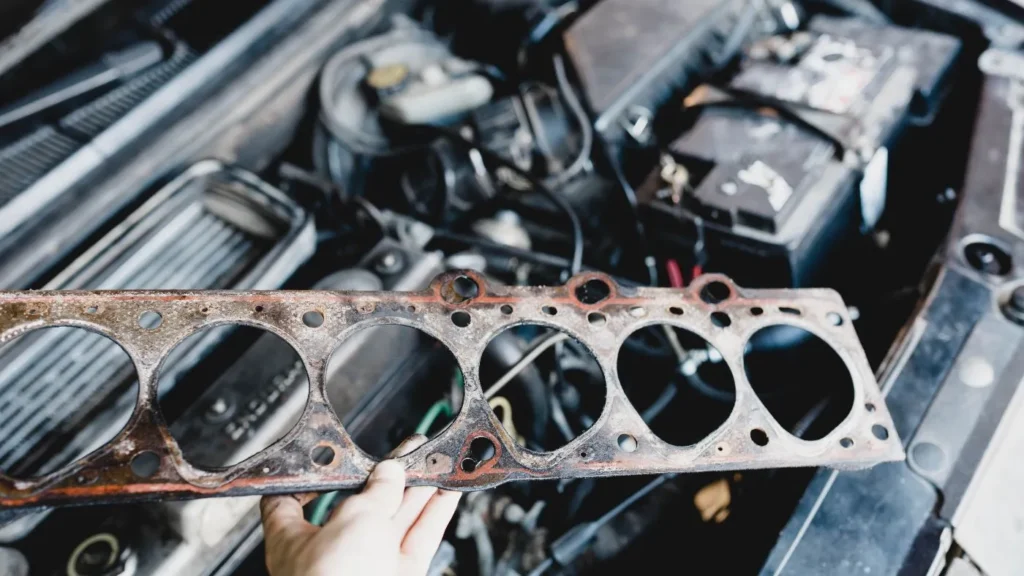
“Ignoring early signs of a bad head gasket can lead to complete engine failure.” – A trusted mechanic
Introduction To Head Gasket Replacement
(U.S. estimates as of August 2025) Replacing a head gasket typically costs between $2,400 and $3,200 on average, with some quotes running $2,900–$6,000+ depending on vehicle and scope. This price includes labor and parts. Factors like vehicle make and model influence the final cost.
Replacing a head gasket is a crucial task for any car owner. The head gasket seals the engine block and cylinder head. It prevents engine oil and coolant from mixing. This small part plays a big role in your car’s health.
A faulty head gasket can cause serious engine problems. It is vital to know the cost and process of replacement. This blog section will guide you through the basics.
Importance Of The Head Gasket
The head gasket keeps engine fluids separate. It ensures the engine runs smoothly. Without it, your engine could overheat.
A good head gasket maintains compression in the engine. This leads to better performance and fuel efficiency. It also prevents leaks that can damage other parts.
Common Symptoms Of A Blown Head Gasket
A blown head gasket shows clear signs. White smoke from the exhaust is a major symptom. This happens when coolant leaks into the combustion chamber.
Overheating is another common sign. The engine temperature rises quickly. You may notice a loss of power in your car.
Milky oil is a serious indicator. It means coolant has been mixed with oil. This can severely damage the engine.
If you spot any of these signs, act quickly. A timely head gasket replacement can save your engine.
Factors Affecting Replacement Cost
Replacing a head gasket can be costly. Several factors influence the total expense. From the type of vehicle to the labor involved, each element plays a significant role. Understanding these factors can help you estimate the costs better.
Vehicle Make And Model
The make and model of your vehicle heavily impact the cost. Luxury and high-performance cars often have higher replacement costs. This is due to specialized parts and more complex systems. Older vehicles might also cost more. They often require hard-to-find parts.
Labor Costs
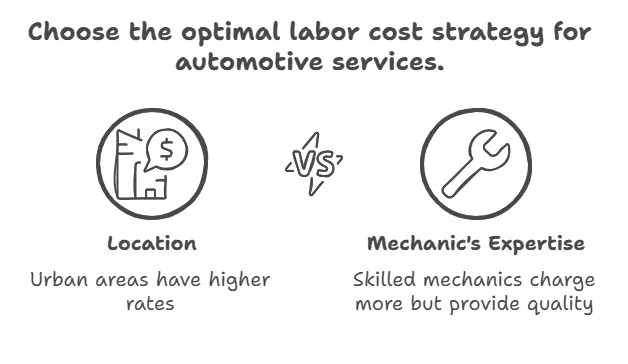
Labor costs vary by location and the mechanic’s expertise. In urban areas, labor rates are typically higher. Skilled mechanics may charge more, but they offer quality service. The complexity of the job also affects labor costs. Replacing a head gasket involves many hours of work. Typical posted rates in many U.S. markets are about $120–$170+ per hour in 2025.
Parts And Materials
The cost of parts and materials is another significant factor. OEM (Original Equipment Manufacturer) parts are usually more expensive. Aftermarket parts might be cheaper but can vary in quality. You also need other materials like sealants and bolts. These additional items add to the overall cost.
| Factor | Impact on Cost |
|---|---|
| Vehicle Make and Model | Luxury and older vehicles are more expensive. |
| Labor Costs | Higher in urban areas and for skilled mechanics. |
| Parts and Materials | OEM parts are pricier; aftermarket parts vary in quality. |
“The head gasket is one of the most critical seals in an engine. Its failure can compromise the entire system.” – John Doe, Automotive Expert
Diy Vs Professional Replacement
Replacing a head gasket is a significant task. The decision to do it yourself or hire a professional has many factors. Cost, skill level, and time are key considerations. Let’s examine the pros and cons of each option.
Pros And Cons Of Diy
Doing it yourself can save money. But it’s not for everyone.
- Pros:
- Cost Savings: No labor fees.
- Learning Experience: Gain valuable skills.
- Control: Work at your own pace.
- Cons:
- Time-Consuming: Takes longer if you’re inexperienced.
- Risk of Mistakes: Errors can lead to more costs.
- Tool Investment: May need to buy special tools.
When To Hire A Professional
Hiring a professional ensures the job is done right.
- When to Consider:
- Limited Time: Professionals work faster.
- Lack of Tools: Professionals have the right equipment.
- Complex Engines: Modern cars are harder to work on.
- Benefits:
- Warranty: Many shops offer guarantees.
- Expertise: Professionals have extensive experience.
- Peace of Mind: Less stress and hassle.
Whether you choose DIY or professional replacement, weigh the pros and cons carefully. Your car’s health and your wallet depend on it.
Average Cost Breakdown
Understanding the cost of replacing a head gasket is crucial. This breakdown helps in planning your budget. The cost varies based on several factors. These include parts, labor, and additional expenses. Estimates below reflect typical U.S. pricing as of August 2025.
Cost Of Parts
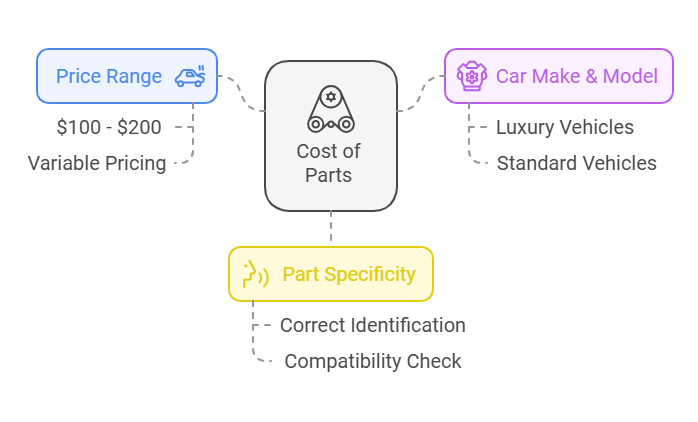
A new head gasket or gasket set can cost about $100–$400 depending on the vehicle. Note that total parts in many estimates (gasket set, head bolts, fluids, ancillary seals) often add up to ~$800–$900 for common vehicles.
Labor Charges
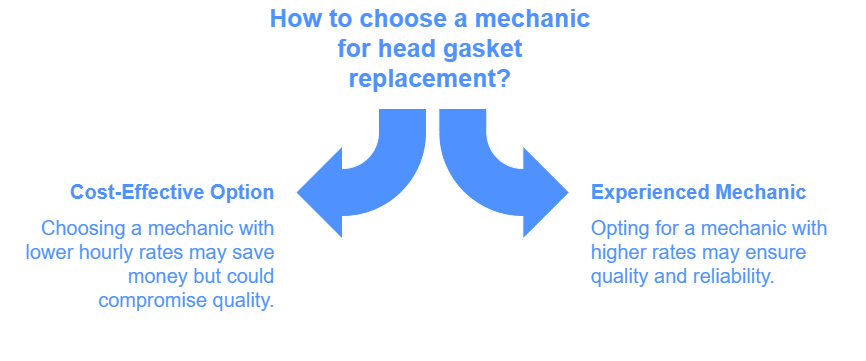
Labor charges are often the most significant cost. Replacing a head gasket commonly takes about 8 to 12 hours depending on engine layout. With many shops posting ~$120–$170+ per hour, labor often totals roughly $1,000–$2,000. The experience of the mechanic can also affect the price.
Additional Expenses
Additional expenses can add up. These include coolant, oil, and other small parts. You might also need to replace the head bolts. These extra costs can range from $100 to $300. Some shops may also charge for a diagnostic test (often about $100–$180) and machine-shop services (e.g., cylinder head inspection/resurfacing), which can add $200–$500.
Cost-saving Tips
Replacing a head gasket can be expensive. But there are ways to save money. Below are some cost-saving tips to help you manage this repair.
Using Aftermarket Parts
Consider using aftermarket parts. They can be cheaper than OEM (original equipment manufacturer) parts. Many aftermarket parts are of good quality and perform well.
Before buying, do some research. Check reviews and ratings. It ensures the parts you buy are reliable and durable.
Comparing Mechanic Quotes
Different mechanics charge different prices. Get quotes from multiple mechanics. Comparing prices can help you find the best deal.
Ask for a detailed quote. It should include labor and parts. This helps you understand what you are paying for.
Preventative Maintenance
Preventative maintenance is key. Regularly check your car’s cooling system. Ensure there are no leaks and the coolant is at the right level.
Use quality coolant and change it as recommended. Proper maintenance can prevent head gasket issues. It saves you from costly repairs in the future.
Warranty And Insurance Considerations
When replacing a head gasket, understanding the warranty and insurance considerations is crucial. These factors can significantly impact your overall costs. Proper knowledge can save you money and ensure peace of mind.
Manufacturer Warranty

A manufacturer warranty may cover the cost of a head gasket replacement if the failure is due to defects and the vehicle is still within its powertrain coverage period. Many OEM powertrain warranties list the cylinder head, seals and gaskets among covered components—always confirm details for your model and year.
Always review the warranty terms. Some warranties may only cover specific parts or labor costs. Contact your dealer for accurate information.
Here is a table summarizing typical warranty coverage:
| Warranty Type | Coverage Details |
|---|---|
| Basic Warranty | Usually covers defects in materials and workmanship. |
| Powertrain Warranty | Covers engine and transmission components, often including cylinder heads, seals and gaskets. |
| Extended Warranty | Offers additional coverage beyond the standard warranty. |
Insurance Coverage
Standard auto insurance (including comprehensive and collision) generally does not cover mechanical failure like a blown head gasket. Some insurers offer Mechanical Breakdown Insurance (MBI) as an optional add-on that may cover major component failures, depending on policy terms and vehicle eligibility. Review your policy to see what’s included.
It is important to note that regular wear and tear are usually not covered. Insurance policies can vary widely. Speak with your insurance agent for specific details.
Consider these points when reviewing your insurance policy:
- Check if the policy covers engine damage from mechanical breakdowns (MBI).
- Understand the deductible amount.
- Find out if labor costs are included.
Having appropriate coverage can save a lot on unexpected repair costs. Always keep your policy updated and know your coverage limits.
Long-term Implications
Typical U.S. totals in 2025: Replacing a head gasket commonly runs $2,400–$3,200, and more on complex vehicles. This repair impacts long-term vehicle performance and reliability. Ignoring it can lead to more expensive engine damage.
Replacing a head gasket can be a significant expense. But have you considered the long-term implications? Understanding these effects can help you make informed decisions.
Impact On Engine Health
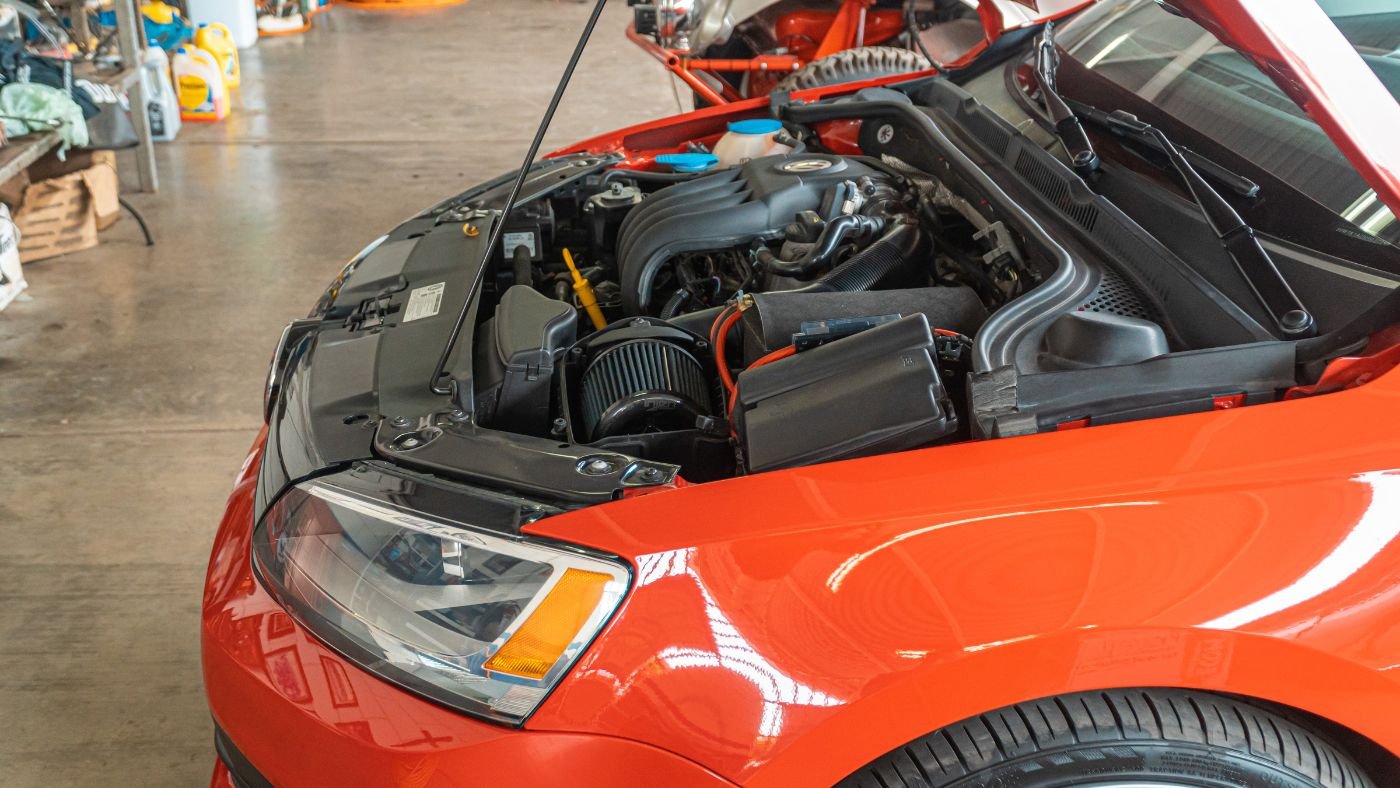
A new head gasket means a healthier engine. It seals the combustion chamber, allowing your engine to run efficiently. This prevents oil and coolant leaks. These leaks can cause severe damage. So, replacing the gasket can extend your engine’s life.
Ignoring a damaged head gasket can result in overheating. This can warp the cylinder head. Eventually, you might need a complete engine replacement. That’s far costlier than a head gasket.
Resale Value Of The Vehicle
A well-maintained car has a higher resale value. Replacing the head gasket can boost this value. Buyers prefer cars with good maintenance records. They want to avoid potential engine issues.
A car with a damaged head gasket is a risky buy. Most buyers will offer less or avoid it altogether. So, spending on a replacement can pay off in the long run. It makes your vehicle more attractive to potential buyers.
“Repairing a head gasket can breathe new life into an old car, but it’s important to weigh the costs and benefits.” – Sarah Smith, Car Maintenance Blogger
Final Thoughts
Replacing a head gasket can be costly. The expense varies based on several factors. Understanding these costs helps in making the best decision for your vehicle. Let’s wrap up our discussion.
Summarizing Costs
The cost to replace a head gasket typically ranges $2,400–$3,200 on average (U.S.), with higher totals on complex engines. Labor often runs ~$1,000–$2,000 depending on hours and local rates. Parts for many vehicles (gasket set, bolts, fluids, ancillary seals) commonly total ~$800–$900. The make and model of your car affect the final price.
Luxury and performance vehicles often have higher costs. Repair shops may also have different rates. Always get multiple quotes before deciding.
Making An Informed Decision
Consider the age and condition of your car. A newer car might justify the repair cost. For older cars, weigh the repair cost against the car’s value. Sometimes, selling the car or scrapping it might be a better option. Also, think about the warranty.
Some repairs come with warranties, offering peace of mind. Always ask about this before agreeing to the repair.
Research and ask questions. Know what you are paying for. This helps in avoiding unnecessary expenses. Being informed is the best way to handle costly repairs. This keeps you in control of your finances and vehicle’s well-being.
Frequently Asked Questions
What Is The Average Cost To Replace A Head Gasket?
The average cost to replace a head gasket is about $2,400–$3,200 (U.S. average, parts & labor). Quotes can be higher on complex engines.
How Long Does It Take To Replace A Head Gasket?
Replacing a head gasket typically takes 8 to 12 hours, varying by engine layout and vehicle complexity.
Can I Drive With A Blown Head Gasket?
Driving with a blown head gasket is not recommended. It can cause engine overheating and severe damage. Immediate repair is necessary.
What Are The Symptoms Of A Blown Head Gasket?
Symptoms of a blown head gasket include white smoke, overheating, and coolant loss. You may also notice milky oil or engine misfires.
Conclusion
Replacing a head gasket can be costly. Prices vary based on vehicle type and location. It’s essential to get multiple quotes. This helps you find the best deal. Regular maintenance prevents bigger issues. Always consult a trusted mechanic. They can give accurate estimates and advice.
Understanding the costs helps you plan better. Investing in good repairs saves money long-term. Keep your engine healthy and avoid surprises.


